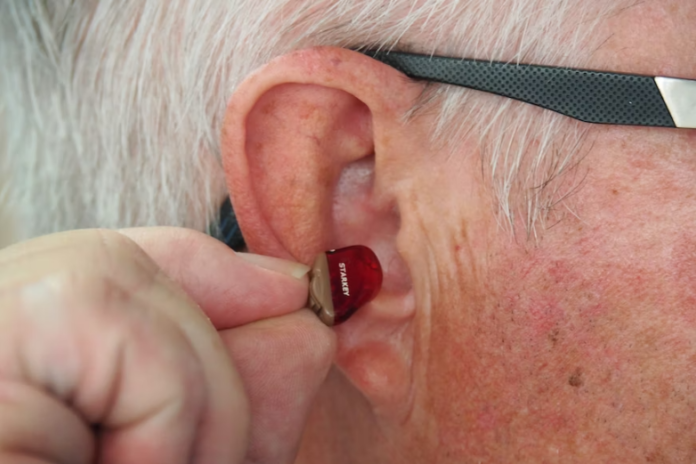The ear canal is incredibly delicate and can be damaged easily by putting objects into it. This can rupture your eardrum and leave you with severe damage and hearing loss.
Irrigating your ears at home can push ear wax further into the ear canal, leading to blockages, pain, and discomfort. This is why it’s best to leave earwax removal to the professionals using video otoscopy.
Damage to the Ear Canal
Attempting to clean your ears with cotton swabs is ineffective and can damage the delicate ear canal and eardrum. The best method of at-home removal is a store-bought earwax removal kit. The kits contain wax-softening drops and safe removal tools like a bulb syringe. The syringe is filled with water and squirted into the ear to remove impacted wax. Other at-home tools include ear candles, which involve placing a lighted, hollow, cone-shaped candle into your ear to pull out the wax.
While some earwax can help protect your hearing and lubricate your ear canal, too much can lead to problems like itching, fullness, ringing in the ear, ear pain, foul odor, or discharge. See a doctor if your home remedies don’t work or if you experience earache, drainage, or hearing loss. Your healthcare provider can then decide if you need the wax removed.
Puncture to the Eardrum
The ear canal and the eardrum are very delicate. If you scrape or poke at the skin of the ear canal or puncture your eardrum, you risk infection and hearing loss. It is essential to seek a medical evaluation by an ear, nose, and throat doctor (an otolaryngologist) if you have an ear wax buildup or notice that your ears are impacted.
A few drops of mineral oil in the ear canal can soften earwax and make it easier to remove with warm water or a bulb syringe. However, cotton swabs are not recommended because they can push the earwax deeper into the ear canal or rupture the eardrum.
If you have trouble getting the earwax to move naturally, see an otolaryngologist who can use slender spoon-like curettes to remove the wax without harming the eardrum. An otolaryngologist can also use operating microscopes to get a good view of the ear canal and eardrum.
Infections
Many people attempt to remove ear wax using cotton swabs or objects like bobby pins or a syringe, which can cause more harm than good. They can push the ear wax deeper into the ear canal, making it more difficult to remove, or they can rupture the ear drum.
Earwax, also called cerumen, is a natural substance that helps to lubricate the ears and protects the ear canal from infection. Tiny glands in the ear canal produce the earwax, and jaw movements, such as chewing and talking, help move it toward the ear opening.
If earwax builds up in the ears, it should only be removed by a medical professional in an office or clinical setting. GPs have stopped offering the syringing method of eliminating earwax, but other safe practices, such as electronic irrigation and micro suction, are available through the NHS. Talk to your GP about these services, and ask why they don’t offer them.
Hearing Loss
The ear canal is an incredibly delicate area. Damage to this area can cause pain, infection, and permanent hearing loss. Trying to remove earwax with Q-tips or other at-home tools can also cause problems such as a hole in the eardrum, perforation of the ear canal, and abrasions.
Many people have heard that putting mineral or olive oil in the ears can help to dissolve earwax. This is an excellent idea because it softens the wax so your body can remove it naturally.
Another popular at-home method of removing earwax is to use water drops. This is not a safe or effective way to clear earwax and can lead to ear infections.
There are also several modern methods to remove unsafe and ineffective earwax, such as ear candling (holding a candle in the ear canal while it burns), which has no scientific basis and can lead to hearing loss and damage to the ear canal and fires.










